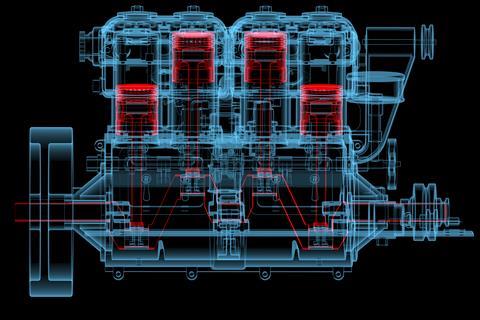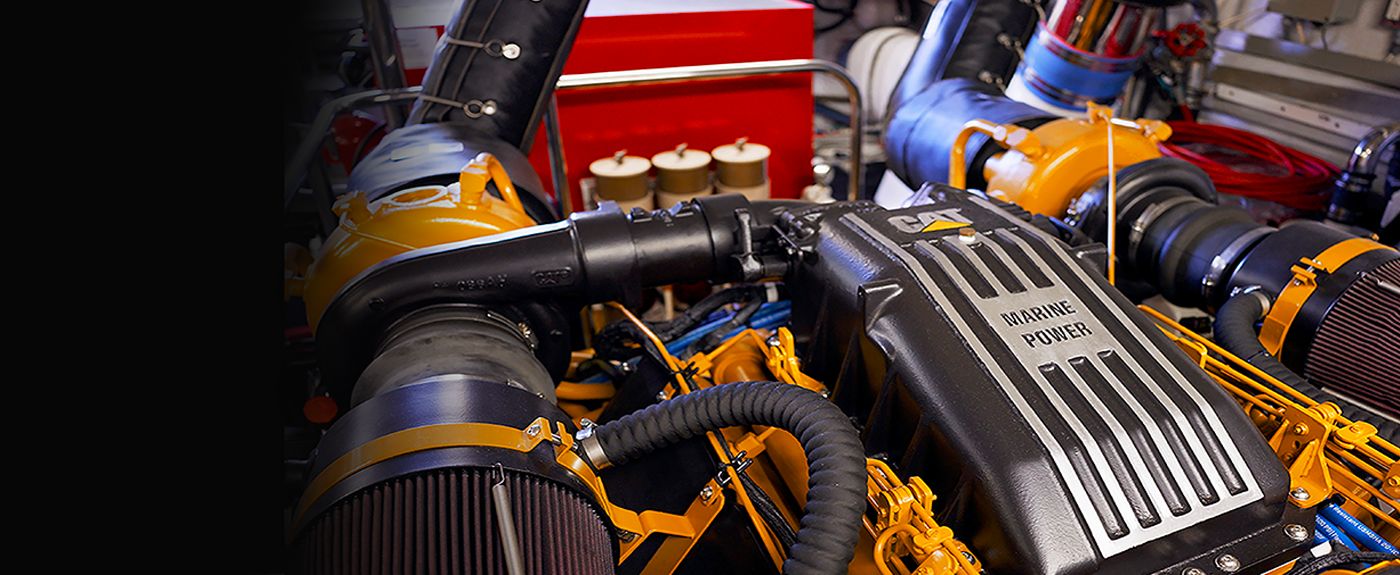The Advancement of High-Performance Automotive Powerplants: A Detailed Introduction of Cutting-Edge Engine Technologies in the Modern Automotive Market
In the ever-evolving landscape of vehicle design, the quest of high-performance powerplants has been a driving pressure behind technical innovations in the modern-day vehicle market. The quest for more reliable, effective, and ecologically conscious engines has actually led to a myriad of innovations that have actually reshaped the way we assume regarding automobile power. From turbocharging breakthroughs to the seamless combination of hybrid powertrains, the world of high-performance engine modern technologies continues to press limits and redefine possibilities. As we explore the details of these sophisticated improvements, a deeper understanding of the advancement of vehicle powerplants emerges, using a peek right into the future of automobile design. engines for africa.
Turbocharging Technologies
The development of high-performance auto powerplants has been substantially affected by continuous improvements in turbocharging innovations. Turbocharging has reinvented the automotive market by supplying a more efficient methods of enhancing engine power result without significantly enhancing engine variation. By using exhaust gases to drive a turbine that compresses the incoming air into the engine, turbochargers successfully raise the air-fuel mix's thickness, leading to boosted burning and greater horsepower levels.
One of the essential developments in turbocharging technology is the development of variable geometry turbos (VGTs) or variable nozzle wind turbines (VNTs) These systems enable more precise control over boost degrees, minimizing turbo lag and enhancing engine action throughout a larger range of RPMs. In addition, twin-scroll turbochargers have actually become preferred in high-performance applications as a result of their capacity to different exhaust pulses for much better power use.
Hybrid Powertrain Combination
Proceeding the trajectory of technical developments in automobile powerplants, the assimilation of crossbreed powertrains notes a significant shift in the direction of enhancing both effectiveness and performance in contemporary lorries. Crossbreed powertrains combine conventional internal burning engines with electrical motors, enabling for enhanced fuel economic situation, lowered discharges, and enhanced power output (engines for africa). By flawlessly blending the toughness of both source of power, crossbreeds offer a functional solution that accommodates differing motoring problems and needs
One key benefit of hybrid powertrain assimilation is the capability to recapture power during coasting or stopping, storing it in the lorry's battery for later use. This regenerative braking feature not just enhances effectiveness but likewise adds to prolonging the overall series of the vehicle. The instant torque shipment of electrical motors matches the power distribution of internal combustion engines, resulting in boosted acceleration and responsiveness.
Automakers are constantly fine-tuning crossbreed powertrain technologies, aiming to strike an equilibrium in between performance and sustainability. engines for africa. As consumer need for environment-friendly yet effective vehicles grows, the combination of crossbreed powertrains is positioned to play a pivotal role in shaping the future of vehicle propulsion systems

Advanced Gas Shot Solutions
With improvements in auto modern technology, the execution of innovative gas shot systems has actually reinvented the performance and performance of modern-day cars. These advanced fuel shipment systems have replaced conventional carburetors because of their remarkable precision in delivering gas to the engine. Straight gas injection, where fuel is splashed straight into the combustion chamber, enables far better control over fuel-air blend, causing improved power result and gas effectiveness.
One of the vital advantages of sophisticated fuel shot systems is their capability to adapt to differing driving conditions in real-time. This flexibility makes certain ideal engine performance throughout different situations, whether it be throughout aggressive velocity or travelling at a stable rate. Furthermore, modern gas injectors are created to atomize fuel more effectively, advertising cleaner combustion and lowering unsafe discharges.
Furthermore, progressed fuel shot systems play a critical function in enabling the execution of other innovative engine modern technologies, such as turbocharging and variable valve timing, more improving the total power and effectiveness of high-performance automotive powerplants.
Performance-Enhancing Electronic Devices

One key modern technology that exemplifies this is the Electronic Control System (ECU), which functions as the brain of the engine management system. The ECU procedures real-time information from numerous sensors to specifically regulate ignition timing, gas shot, and various other vital criteria, resulting in improved power distribution and gas performance. Furthermore, technologies like variable valve timing (VVT) and digital throttle control (AND SO ON) additional add to making the most of engine efficiency by readjusting valve opening times and throttle reactions based on driving problems.
In addition, performance-enhancing electronic devices allow attributes such as launch control, traction control, and adaptive shock absorber, boosting both the driving experience and general car performance. The continual development and combination of these advanced digital systems proceed to push the boundaries of auto engineering, resulting in much more powerful, reliable, and technically advanced high-performance vehicles.
Future Fads in Engine Advancement
As automobile powerplants advance with the assimilation of performance-enhancing electronic devices, the trajectory of engine development is poised to accept future trends that will redefine the landscape of high-performance cars. One prominent fad on the perspective is the continued downsizing of engines without endangering power outcome. This downsizing is achieved via innovations like turbocharging and electrification, enabling smaller sized engines to deliver the efficiency of larger ones while improving gas effectiveness.
Another vital pattern is the increasing fostering of crossbreed powertrains in high-performance vehicles. Crossbreed systems combine inner combustion engines with electric motors to boost acceleration and general performance while lowering emissions. Furthermore, developments in products scientific research are driving the advancement of lighter and stronger engine elements, contributing to enhanced efficiency and power-to-weight ratios.
Moreover, the market is relocating towards even more lasting techniques, with a growing emphasis on different fuels such as biofuels, hydrogen, and synthetic gas. These environment-friendly alternatives not only lower the environmental effect of high-performance lorries but additionally offer opportunities for additional boosting engine performance. In general, the future of engine advancement in the auto industry is characterized by effectiveness, technology, and sustainability.
Verdict
In conclusion, the automobile market has actually seen significant developments in high-performance engine modern technologies, consisting of turbocharging developments, hybrid powertrain combination, advanced fuel shot systems, and performance-enhancing electronic devices. These advancements have actually revolutionized the capabilities of modern powerplants, leading to improved performance, power result, and total efficiency of automobiles. As modern technology remains to progress, future patterns in engine advancement are expected to additionally improve the performance and sustainability of automobile powerplants.
Turbocharging has changed the auto market by supplying a much more effective ways of increasing engine power result without significantly increasing engine variation.As automobile powerplants development with the find more information combination of performance-enhancing electronics, the trajectory of engine growth is poised to embrace future fads that will certainly redefine home the landscape of high-performance cars. Overall, the future of engine growth in the vehicle industry is identified by sustainability, technology, and effectiveness.
In conclusion, the vehicle industry has seen substantial developments in high-performance engine modern technologies, including turbocharging innovations, crossbreed powertrain integration, progressed fuel shot systems, and performance-enhancing electronics. As modern technology continues to evolve, future fads in engine development are expected to better improve the efficiency and sustainability of automotive powerplants.
 Mara Wilson Then & Now!
Mara Wilson Then & Now! Tony Danza Then & Now!
Tony Danza Then & Now! Alicia Silverstone Then & Now!
Alicia Silverstone Then & Now! Ross Bagley Then & Now!
Ross Bagley Then & Now! Sydney Simpson Then & Now!
Sydney Simpson Then & Now!